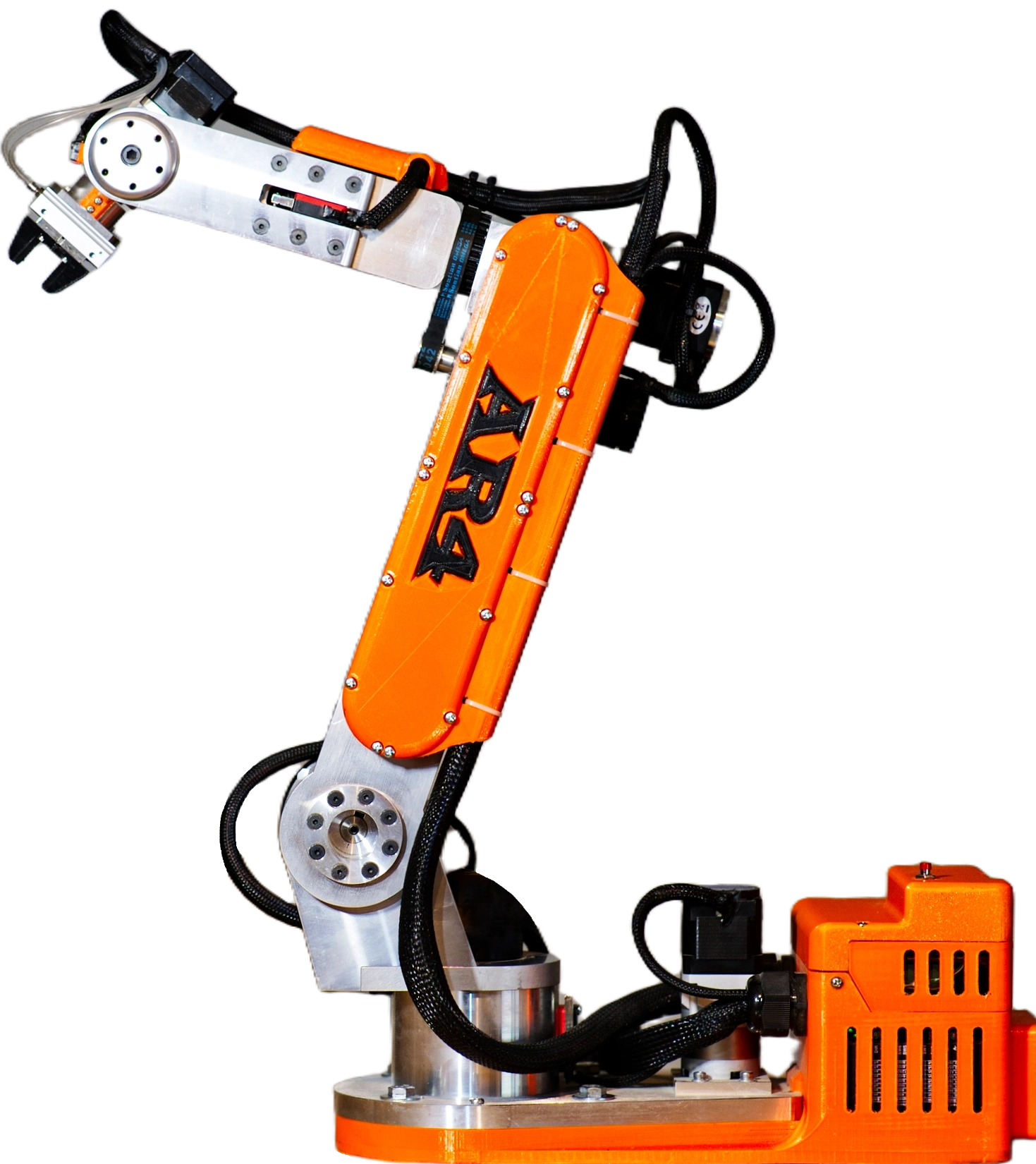
NVIDIA CEO Jensen Huang has revealed that Foxconn’s new high-tech facility in Houston, Texas, will produce the advanced computing systems that power the next generation of humanoid robots and AI infrastructure.
“This isn’t just another manufacturing plant,” said Huang. “It’s a fully realized digital-first factory, born in simulation and built to produce the very technology that will define the next era of automation.”
A Digitally Born Factory
Before any physical construction began, the entire Houston facility was designed, tested, and optimized within the NVIDIA Omniverse platform. Foxconn engineers, in collaboration with Siemens, used a detailed digital twin to simulate production layouts, identify potential bottlenecks, and train robotic workforces in a virtual environment.
Within this simulated factory, robotic arms from Fanuc practice assembling NVIDIA’s GB300 computing trays, while AI systems from Skild AI learn to coordinate fleets of autonomous mobile robots. This digital-first approach ensures a seamless, efficient transition to physical operations.
Building the “Brains” of Automation
The Houston factory will specialize in producing NVIDIA’s Blackwell-based computing modules, the core hardware that serves as the “brain” for advanced AI applications, humanoid robots, and large-scale AI data centers. These systems are essential for training and operating the autonomous machines set to transform industries from logistics to healthcare.
The project brings together industry leaders in a powerful collaboration. Key partners include Foxconn Industrial Internet, Siemens, Fanuc, Skild AI, and Cadence, each contributing specialized expertise in industrial automation, digital twin technology, and AI training.
“This facility is more than a factory, it’s a statement,” added Huang. “It proves that America can not only participate in but lead the next wave of technology manufacturing.”
The Houston facility is expected to begin operations in the coming months, positioning the U.S. at the forefront of the global AI infrastructure supply chain. As humanoid robots and AI-driven systems become increasingly integral to the economy, this project represents a critical step in reshoring advanced manufacturing capabilities.




